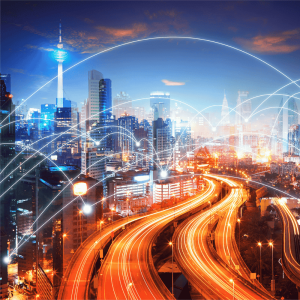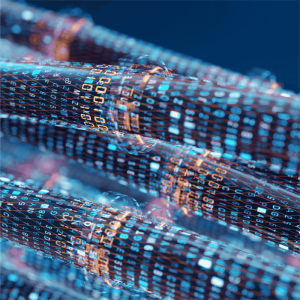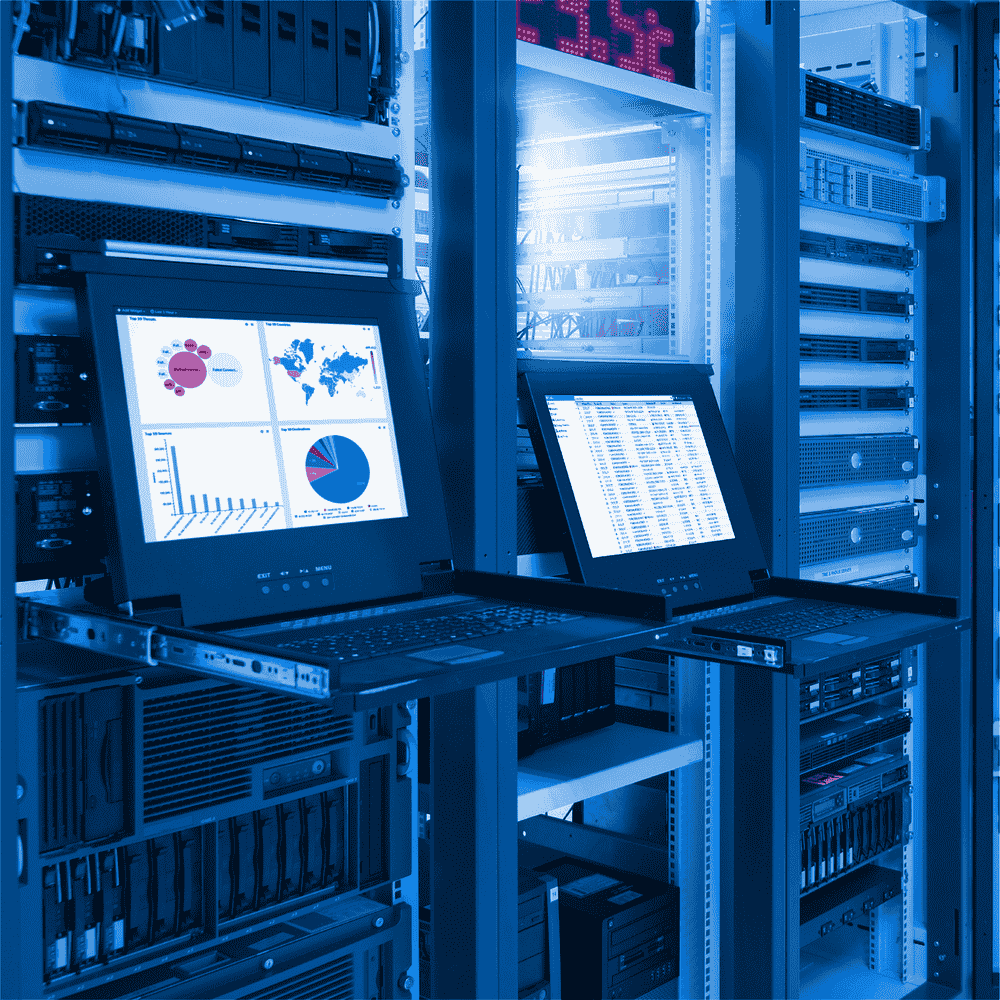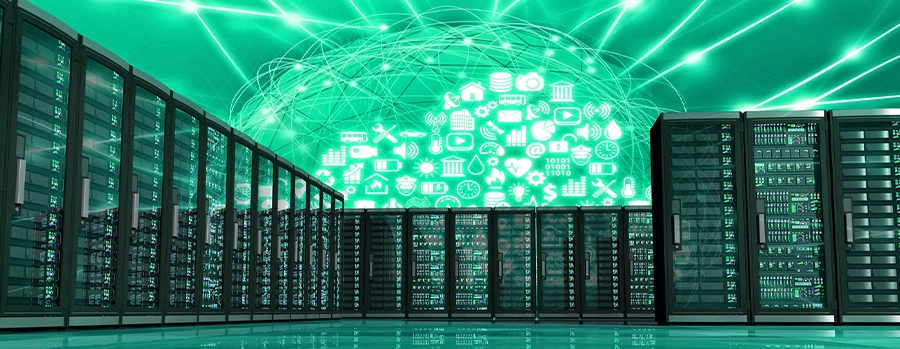The Hidden World of Data Centers
One of the most important elements that ensure the smooth operation of the digital world is data centers. Every transaction, every click, every post connected to the internet is actually processed and stored in giant data centers in the background. However, most people do not realize how complex and critical the infrastructure of these centers is. These facilities, which look like ordinary buildings from the outside, form the backbone of the digital world. So, what happens inside data centers? From security to cooling systems, here is the secret world of data centers.
1. What are Data Centers and How Do They Work?
Data centers are facilities that store, process and manage large amounts of digital data. The servers in these centers manage a large portion of the world’s internet traffic. Websites, cloud services, video streaming platforms and mobile applications are supported by powerful servers in data centers. Data centers operate 24/7 to ensure that data is constantly accessible and secure.
The internal structure of data centers is equipped with high technology and supported by several critical components:
Servers: Any digital transaction or data storage process is performed by servers in data centers. The number of these servers can be in the thousands, depending on the capacity of the center.
Network Infrastructure: Data centers must have a strong network infrastructure in order to transfer data continuously and quickly with their users. High-speed internet connections and systems that manage data traffic are the basic parts of this infrastructure.
Redundancy and Backup: Redundant systems are activated to prevent data loss and ensure the uninterrupted operation of data centers. Thanks to redundant energy sources, network connections and servers, there is no service interruption even in the event of any disruption.
2. Hidden Power: Security Measures
Since data centers store the most important data treasures of the digital world, security is one of the most critical elements of these centers. Security should be provided not only against cyber threats, but also against physical threats. Here are some security measures taken in data centers:
Physical Security: Getting into data centers is a very difficult process from the outside. Security cameras, biometric verification systems (fingerprint scanners, facial recognition technology), security personnel and multi-layered entry systems protect data centers. Only authorized personnel are allowed to access.
Cyber Security: Data centers are constantly protected against cyber attacks. Firewalls, intrusion detection systems, encryption technologies and protection measures against DDoS attacks are the basic parts of this cyber security. In addition, data centers constantly update their security levels by performing regular security tests and vulnerability analyses.
Redundancy and Disaster Recovery: In the event of any data loss or interruption, redundant systems are activated in data centers. Redundancy ensures that critical data is copied and stored in multiple locations. In addition, disaster recovery plans are put in place for unexpected situations such as natural disasters or hardware failures.
3. Cooling and Energy Management: Invisible Heroes
A large amount of heat is released when millions of servers are running in data centers. This heat must be controlled to prevent damage to the servers and ensure efficient operation. Cooling systems are one of the vital parts of data centers.
Cooling Systems: Temperature and humidity levels in data centers are kept at ideal levels thanks to cooling systems. Cooling systems prevent servers from overheating and provide a continuous operation guarantee. Innovative solutions such as direct external air cooling systems are used in modern data centers to increase energy efficiency.
Energy Consumption and Efficiency: Data centers are energy-intensive facilities. A large amount of energy is required to operate and cool servers. However, this energy consumption is being optimized in modern data centers. Renewable energy sources, energy-efficient equipment and smart energy management systems play a critical role in reducing the environmental impact of data centers.
4. The Future of Data Centers: Sustainability and Innovation
Data centers are constantly renewing themselves to meet the needs of the rapidly developing digital world. Energy efficiency and environmentally friendly applications, in particular, have an important place in the future of data centers. Here are some innovations that will transform data centers in the future:
Green Data Centers: Using renewable energy has become a major priority in modern data centers. Data centers that operate on environmentally friendly energy sources such as solar energy, wind energy, and hydroelectricity aim to minimize their carbon footprint.
Artificial Intelligence and Automation: Artificial intelligence and automation technologies have begun to be used in data centers to optimize energy consumption, make cooling systems more efficient, and increase efficiency. Artificial intelligence can monitor the performance of servers and offer suggestions that will save energy.
Edge Computing: While traditional data centers have a centralized structure, edge computing technology makes it possible to process data closer to the edge, that is, to the data sources. This will allow data centers to have a more distributed and flexible structure.
Conclusion
Data centers are the backbone of the digital world and they contain much more in their hidden world. These facilities, full of many unknowns from security protocols to cooling systems, from energy management to disaster recovery plans, ensure the smooth operation of the internet and digital services. In the future, data centers will continue to become more environmentally friendly, more efficient, and more powerful with technologies such as artificial intelligence, renewable energy, and edge computing. Although we rarely get a glimpse of this hidden world, the value of these structures that hold the digital world together is great.






